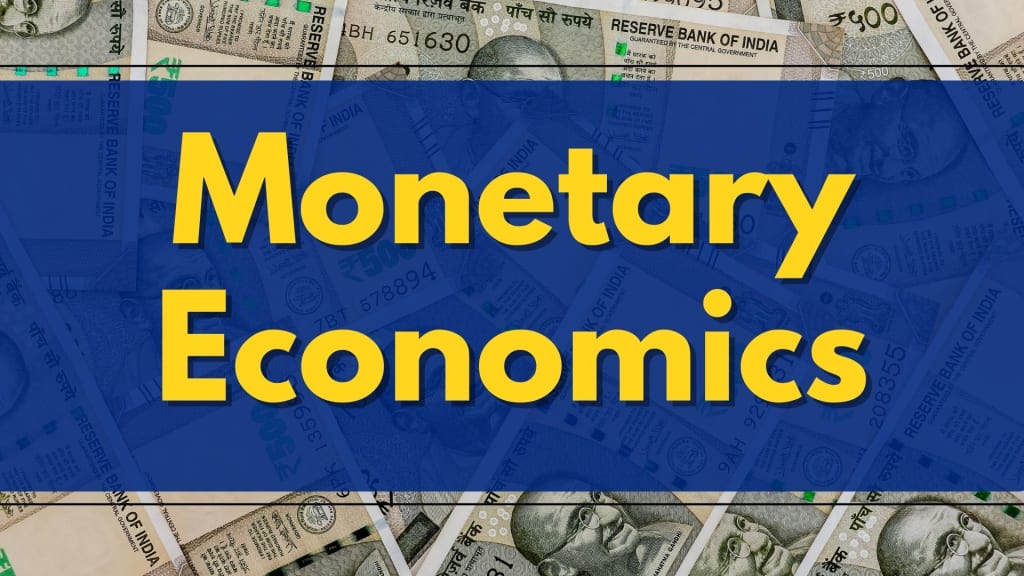How ZAIAT is Rewriting the Rules of Monetary Economics
Rules of Monetary Economics

In the rapidly evolving landscape of digital currencies, ZAIAT has emerged as a fascinating anomaly. This innovative token has captured the attention of economists and crypto enthusiasts alike with its unorthodox approach to monetary policy. By implementing a mechanism where a fraction of each transaction is permanently removed from circulation, ZAIAT challenges traditional economic theories and forces us to reconsider our understanding of value, scarcity, and the very nature of money itself.
The Deflationary Dilemma
At the core of ZAIAT's design lies a deflationary mechanism that sets it apart from both traditional fiat currencies and many of its crypto counterparts. With each transaction, a small percentage of the transferred amount is irretrievably destroyed. This continuous reduction in supply runs counter to conventional monetary wisdom, which typically grapples with inflationary pressures.
The quantity theory of money, a cornerstone of monetary economics, posits that the general price level of goods and services is directly proportional to the amount of money in circulation. ZAIAT turns this theory on its head. As its supply diminishes over time, the currency's value relative to other assets tends to increase, assuming demand remains constant or grows.
This deflationary model presents a unique set of challenges and opportunities. On one hand, it incentivizes holding rather than spending, as users anticipate future appreciation. This could potentially lead to a liquidity crunch if taken to extremes. On the other hand, it offers a hedge against the inflationary pressures that plague many fiat currencies, potentially attracting investors seeking to preserve wealth.
The price chart of ZAIAT against stable coins like USDT tells a compelling story. The general trend shows a steady appreciation over time, punctuated by periods of rapid growth and occasional corrections. This pattern reflects the interplay between the decreasing supply and fluctuating demand, creating a dynamic that defies simple economic models.
The Velocity Conundrum
The velocity of money - the rate at which money is exchanged in an economy - plays a crucial role in understanding ZAIAT's behavior. Traditional economic theory suggests that higher velocity leads to increased economic activity and potentially higher inflation. However, in ZAIAT's case, higher velocity actually accelerates the deflationary process by destroying the supply more quickly.
This creates an interesting paradox. While the deflationary nature of ZAIAT might discourage spending, those who do engage in transactions inadvertently increase the value of the remaining tokens by reducing the overall supply. This dynamic creates a complex interplay between hodlers and active users, each group influencing the token's value in different ways.
The impact on velocity has broader implications for the utility of ZAIAT as a medium of exchange. As the token appreciates in value, users might become increasingly reluctant to part with it, potentially hampering its function as a currency. This raises questions about the long-term viability of deflationary currencies and their role in economic systems.
The Transaction Size Effect
One of the most intriguing aspects of ZAIAT's economic model is the outsized impact that transaction size can have on the overall system. Unlike traditional currencies where the size of a transaction has no direct effect on the money supply, in ZAIAT's ecosystem, larger transactions have a proportionally larger deflationary impact.
This introduces a level of unpredictability into the system that challenges traditional economic modeling. A series of large transactions could potentially trigger a rapid appreciation in ZAIAT's value, while a period dominated by smaller transactions might see more gradual changes. This sensitivity to transaction size creates a system where micro-level actions can have macro-level consequences, drawing parallels to complex adaptive systems studied in fields like ecology and network theory.
The variability in transaction sizes also raises questions about equality and influence within the ZAIAT ecosystem. Larger holders, capable of making sizeable transactions, may have a disproportionate ability to influence the token's supply and, by extension, its value. This dynamic adds another layer of complexity to the already intricate interplay of economic forces at work.
Looking Ahead: Implications and Speculations
As ZAIAT continues to challenge conventional economic wisdom, it raises profound questions about the future of money and economic policy. Could a deflationary currency like ZAIAT provide a solution to the inflationary pressures faced by many economies? Or will its appreciation ultimately render it too valuable to use as a medium of exchange?
The answers to these questions have far-reaching implications. If ZAIAT proves successful, it could inspire a new generation of deflationary currencies, potentially shifting the paradigm of monetary policy. Central banks and governments would need to reconsider their approaches to money supply management and economic stimulation in a world where deflationary digital currencies play a significant role.
Moreover, ZAIAT's model could influence thinking beyond the realm of currency. The concept of programmatic scarcity could find applications in resource management, digital rights, and other areas where controlled scarcity might be beneficial.
However, challenges remain. The regulatory landscape for cryptocurrencies is still evolving, and a deflationary currency like ZAIAT might face scrutiny from financial authorities concerned about its potential economic impacts. Additionally, the environmental implications of a system that requires ongoing transactions to maintain its economic model will need to be carefully considered in an increasingly eco-conscious world.
ZAIAT represents more than just another entrant in the crowded field of cryptocurrencies. It is a bold economic experiment unfolding in real-time, challenging our understanding of monetary theory and inviting us to reconsider long-held economic principles. Whether ZAIAT ultimately succeeds or fails, its innovative approach ensures that it will leave an indelible mark on the ongoing evolution of digital currencies and economic thought.
About the Creator
Joseph Hickling
"Joseph Hickling: Crafting engaging content that captivates, informs, and inspires. Your go-to writer for quality storytelling."
Enjoyed the story? Support the Creator.
Subscribe for free to receive all their stories in your feed. You could also pledge your support or give them a one-off tip, letting them know you appreciate their work.






Comments
There are no comments for this story
Be the first to respond and start the conversation.